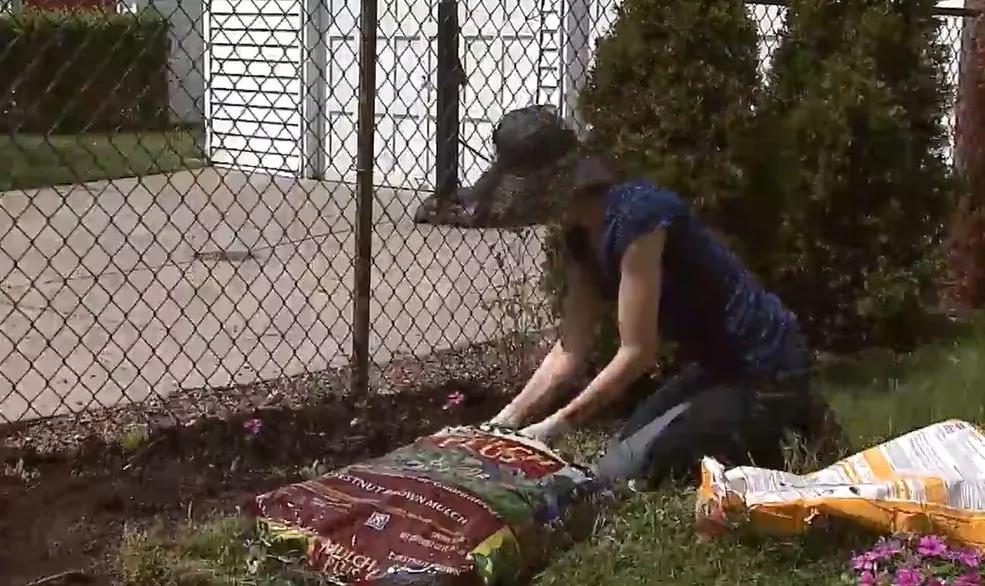24-year-old Mr. Dat from Dong Nai suffered multiple ruptures of his cruciate ligaments over several months, leading to loose knee joints and difficulty walking. Last April, Dr. Nguyen Van Luu at the Center for Orthopedics in Tam Anh General Hospital in Ho Chi Minh City diagnosed him with tears in both his anterior and posterior cruciate ligaments.
Fortunately, other structures such as cartilage, meniscus, and articular cartilage were not damaged. The doctor recommended reconstructing both ligaments using autologous tendons with the “all in side” technique. This minimally invasive technique reduces the risk of infection and helps with quicker recovery post-surgery.
Rehabilitation post-surgery is crucial for successful recovery and restoration of maximum ligament function. Patients must follow a strict physical therapy regimen as directed by the therapist to protect the tendon graft and reduce the risk of re-rupture.
Two days after surgery, Mr. Dat was able to bend and stretch his knee comfortably and walk lightly. Dr. Luu predicts that within two weeks, the patient will have a range of motion of about 100 degrees in his knee. By six months, he can resume exercising at medium intensity, and by nine months, he can engage in light sports activities.
Dr. Luu emphasizes the importance of seeking timely treatment for ligament injuries to prevent complications such as loss of old ligament roots, blood vessels, and nerve receptors. Delayed treatment can lead to additional issues like meniscus tears, articular cartilage damage, and increased risk of osteoarthritis development.
Mr. Dat’s story serves as a reminder that prompt medical attention is essential when dealing with ligament injuries to avoid further complications and ensure a speedy recovery process.
The “all in side” technique used by Dr. Luu has proven effective in reconstructing damaged cruciate ligaments using autologous tendons from another part of the body to bridge broken ends while preserving blood vessels and nerve receptors in the ligament root.
It’s worth noting that Mr. Dat initially declined surgery despite being advised by local doctors after rupturing his cruciate ligament while playing soccer five months ago.
However, this delay caused him more harm than good as he later ruptured his anterior cruciate ligament due to living without proper medical attention.
Post-surgery rehabilitation is also critical for successful recovery and restoration of maximum ligament function.
Patients must adhere strictly to their physical therapy regimen as directed by their therapists to protect their tendon grafts from further injury or re-rupture.
In conclusion, prompt medical attention is crucial when dealing withligament injuries to prevent complications like loss of old ligament roots or nerve receptors while undergoing reconstruction surgery using autologous tendons through minimally invasive techniques like “all in side.”


